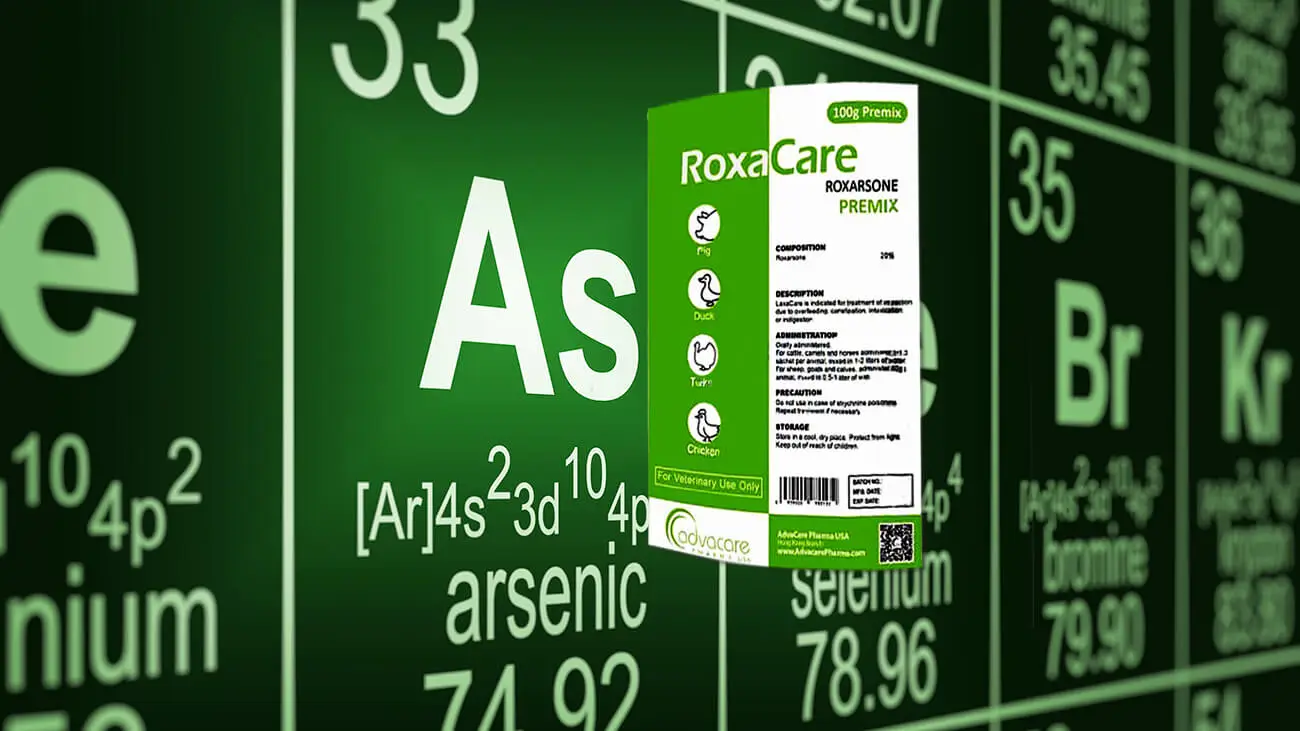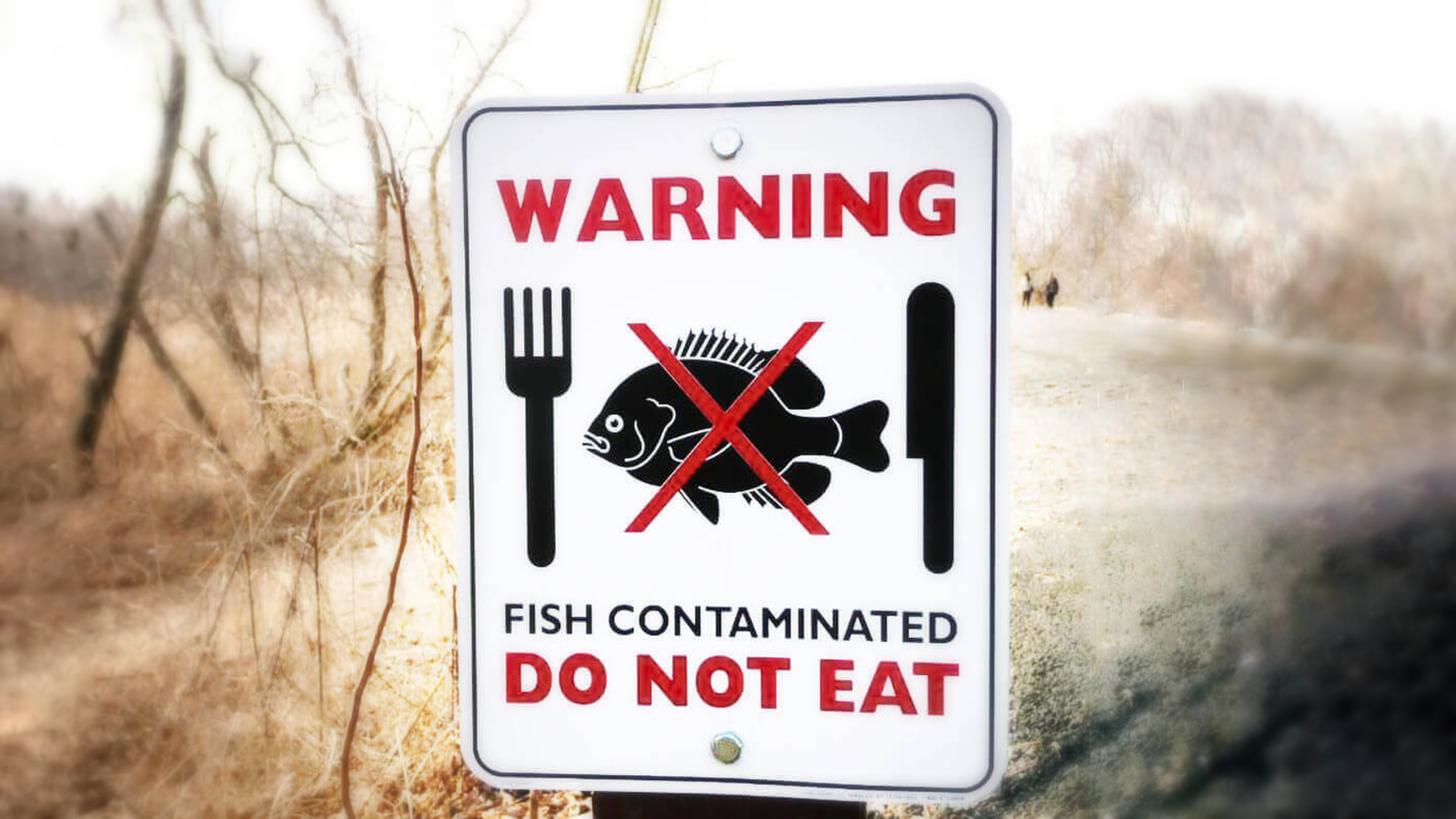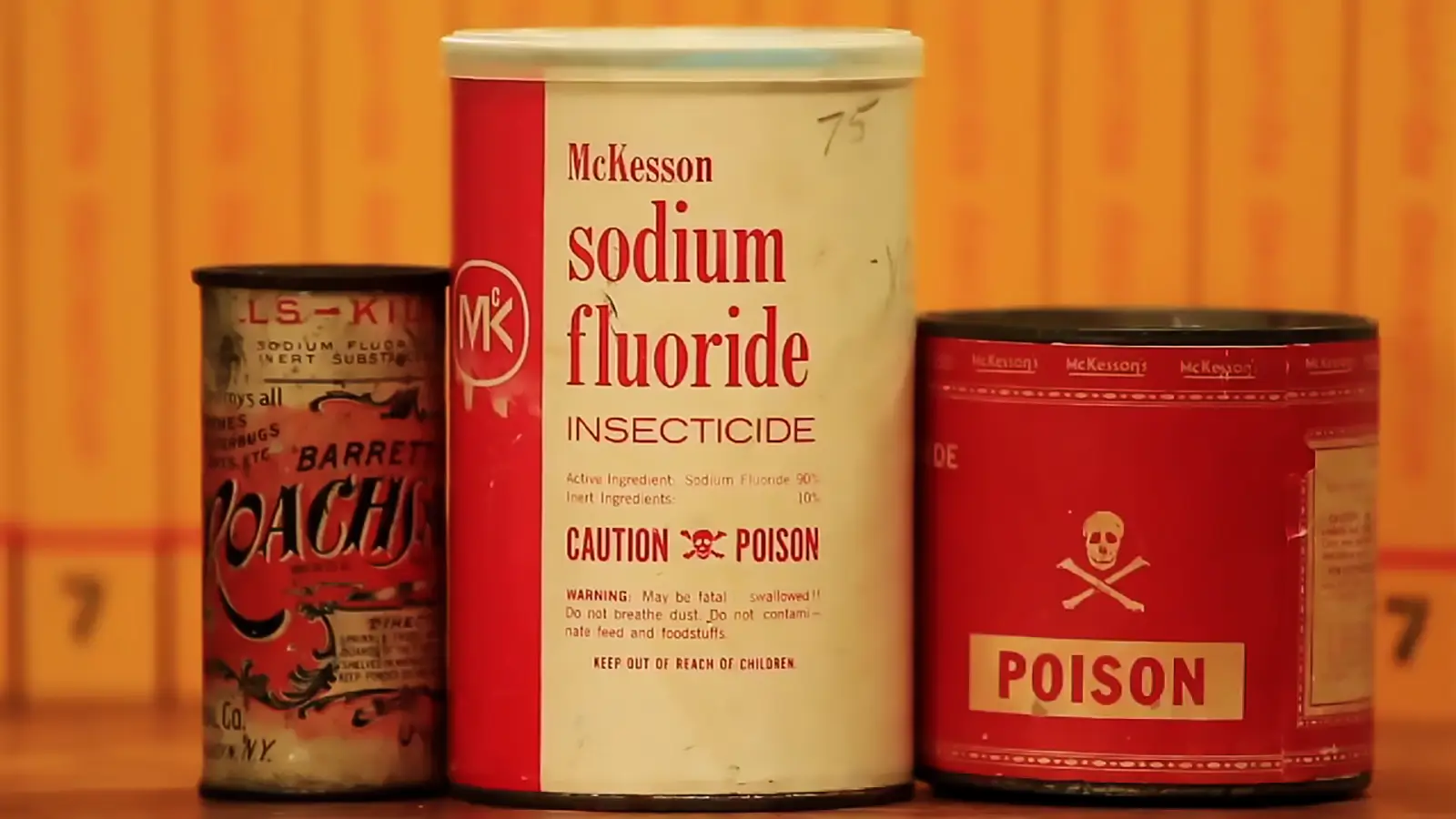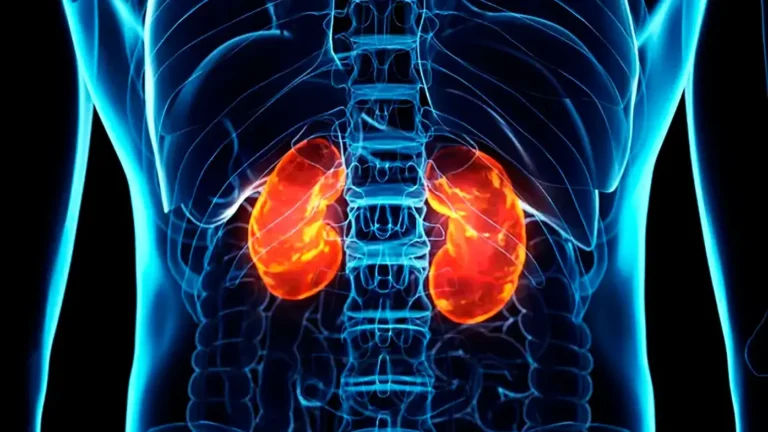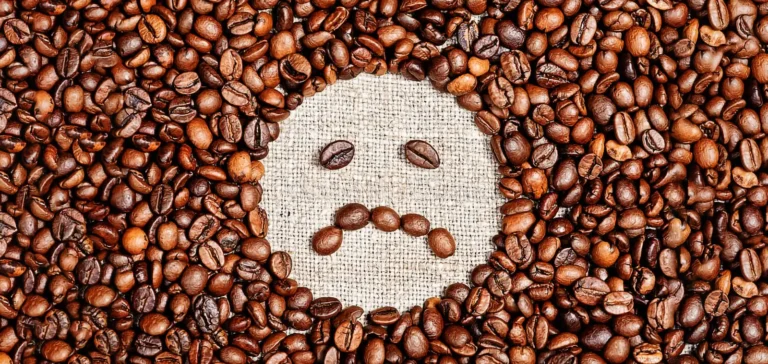Mercury- Neurotoxin from the fish
Mercury is an industrial toxin and the most neurotoxic substance known. Plankton will absorbe it from seawater and initiate bioaccumulation in the food chain.
Milos Pokimica
Written By: Milos Pokimica
Medically Reviewed by: Dr. Xiùying Wáng, M.D.
Updated June 9, 2023We are being taught to think of fish as a healthy form of meat or at least a form that is a healthier and better choice. The reason is that fish has all of the healthy omega-3 fatty acids that we need for our brains. We need to get omega-3 fatty acids from food to prevent age-related cognitive decline. There are no omega 3 inland animals if there are not deliberately fed with flaxseed like in the case with omega 3 eggs. Omega 3 eggs are like conventional eggs except that chicken feed is supplemented with an omega-3 source like flax seeds. Fish get them from algae that actually produce them and then when fish eat algae it will get passed around through the food chain. Also, fish tends to have fewer calories than other meat sources but that might not always be the case.
The problem is that there are more than just the omega-3 fats in fish that comes from seawater. Everything that is in the water no matter how minute the concentration the algae will filter out and concentrate tens and hundreds of times more. One thing that will be present in seawater that is not present in freshwater and that plankton will pick up, and also algae, and that will then bioaccumulate in the food chain is one of the most neurotoxic substances known to mankind. Mercury.
We are being taught to think of poisons in a dose-dependent manner because that is how modern medicine works. Something is poison, but it has a low concentration so it is ok. Some side effects and so on. “The dose makes the poison” (Latin: “sola dosis facit venenum”). It is an adage intended to indicate a fundamental principle of toxicology. It is credited to Paracelsus, the alchemist, and father of modern medicine. Now, this is correct for some chemicals but not for all of them. Some toxins do damage, and I will argue most of them do damage in any exposure. This means that if we ingest even one molecule of a substance, it would cause damage. That damage would not be enough to kill us, but the damage will happen.
An excellent example of this is mercury. It is so toxic for our brain that it kills brain cells upon contact. Neurologic damage is most severe in utero. Mercury upon contact with neurons causes neuronal atrophy. When it enters the brain no matter what concentration, even one atom of it, it will do severe damage. If exposure is significant, it will cause severe neuronal atrophy with no chance of recovery. Long-term studies have demonstrated that even minuscule prenatal exposure at very low concentrations can cause a detectable loss in the areas of memory, language, and motor function. Children are so sensitive to it, so if affected, they may have hearing loss, visual loss, seizure disorders, developmental delay, and long-term stigmata including motor impairment. For a pregnant woman, it is forbidden to eat tuna in any amount. Also, your brain and body can be exposed to toxic mercury through a number of other ways as well, from getting a flu shot to having a dental filling. To be reasonable here, one can of tuna has more mercury in it than 100 vaccines. Studies have found that people with amalgam dental fillings can have mercury vapor concentrations ten times higher than those in people without them.
Fish consumption provides nutrients but also provides methyl-mercury. All marine fish, not just tuna, contain methylmercury (MeHg), some more and some less. Because the toxic effect of mercury is most destructive during brain development, prenatal exposure is of the most significant concern. Mercury is a cardiac toxin as well, not just the brain one. I will give an example here to put things into perspective.
In this study (Oken et al., 2008) they analyzed connections of children’s susceptibility to mercury both from pregnancy exposure from mother and from fish consumption. Thimerosal from vaccines was looked into as well as dental amalgam impacts on child neurodevelopment. Vaccines in the past used something called thimerosal, which is a preservative containing mercury. To put this into perspective.
Eating a single serving of tuna had the same mercury level as 100 (one hundred) thimerosal vaccines.
The summary of the study was:
“Exposure to mercury may harm child development. Interventions intended to reduce exposure to low levels of mercury in early life must, however, be carefully evaluated in consideration of the potential attendant harm from resultant behavior changes, such as reduced docosahexaenoic acid exposure from lower seafood intake, reduced uptake of childhood vaccinations, and suboptimal dental care.”
Thimerosal has been taken out from most of the vaccines young children get in 2001, with the exception of the flu vaccine, which still contains small amounts. However, how about something one hundred times worse. One single serving of canned tuna. How many servings have we eaten in our lifetime? How about all the other fish? It is not just tuna, all fish has mercury some more some less and it is not just mercury. I use mercury here only as an example. There is a whole list of other heavy metals like mercury that will remain in our ocean for eternity and will never biodegrade because they are elemental particles. Also, there are a thousand other non-organic resistant pollutants that also didn’t degrade and bioaccumulate and microplastic, and the list goes on. The reason this toxin is highly concentrated and highly toxic in such levels in tuna is that tuna is a predatory fish at the top of the food chain. On the bottom of a food chain are plankton and algae that filter the seawater and then the concentration will get ten to a hundred times that in the water but that will still be low. Then these substances start to accumulate as we move up the food chain. As the bigger fish eat the smaller fish it eats all of its toxins as well. When we arrive at the top of the food chain the situation is as it is. The only solution is to go low on the food chain.
Do not eat meat from the oceans, and especially do not eat predatory fish like tuna. Even molecularly distilled DHA supplements are proven to be polluted with heavy metals and toxins. Even krill oil people have begun to substitute instead of fish oil to avoid pollution was proven to be polluted. Krill has a very short life and krill oil was still highly polluted. If you want omega 3’s then just eat flax. Flax has lignans that have a wide range of health benefits including breast cancer prevention and minerals and fiber and is one of the healthiest food items you can get. If you want a supplement as a vegan you can still get algae-based DHA oil. Never and I will repeat this never eat anything from the sea even if you are pregnant or if you are a child if it is from the oceanic animal kingdom ever period, vegan or not. If you eat tuna and expecting a baby you just lowered your baby’s IQ by a measurable amount or worse.
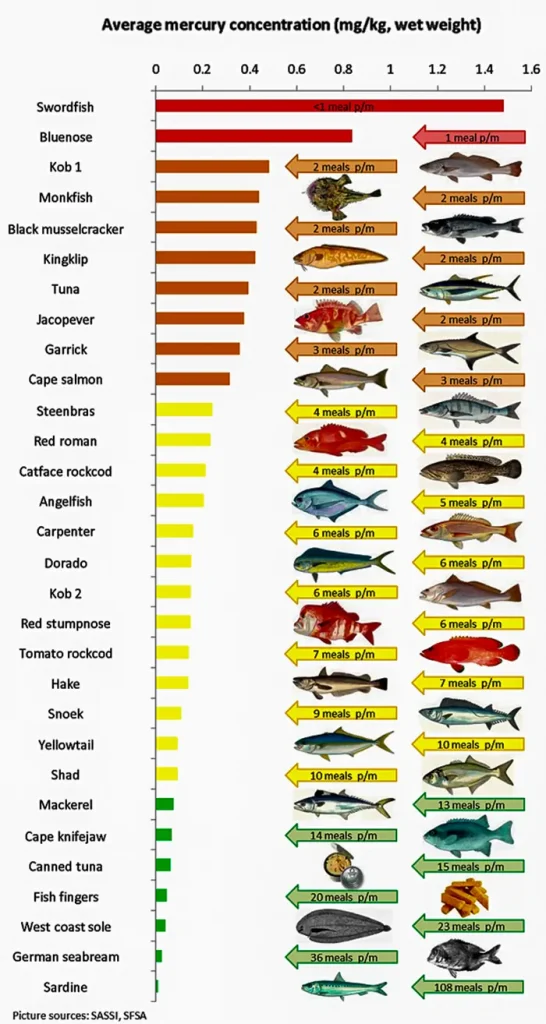
There was a big public concern and mistrust in vaccines and the possibility of links with autism and other diseases. However, there was no public outcry about fish consumption. Fish toxicity is the number one source of mercury in the world. Mercury in fish is so concentrated that by all accounts some of the fish species should be forbidden by law to be used as human food. One single serving is worse than all of the vaccines your child will receive in your life if we look at mercury levels only that is.
What about cadmium?
What about PCBs, PBDEs, dioxins, and chlorinated pesticides?
Because mercury is a neurotoxin, it was thought it was the underlying cause of the connection between autism and vaccination. Today more children get autism even without mercury in vaccines and the estimate is that this number will grow. This is a big subject to analyze, and I will say that most vaccines can be dangerous just by themselves and can cause harm but they do save a lot of lives and in the end, it remains the question of trust in the companies that supply those vaccines.
References:
- Oken, E., & Bellinger, D. C. (2008). Fish consumption, methylmercury and child neurodevelopment. Current opinion in pediatrics, 20(2), 178–183. https://doi.org/10.1097/MOP.0b013e3282f5614c
Related Posts
Do you have any questions about nutrition and health?
I would love to hear from you and answer them in my next post. I appreciate your input and opinion and I look forward to hearing from you soon. I also invite you to follow us on Facebook, Instagram, and Pinterest for more diet, nutrition, and health content. You can leave a comment there and connect with other health enthusiasts, share your tips and experiences, and get support and encouragement from our team and community.
I hope that this post was informative and enjoyable for you and that you are prepared to apply the insights you learned. If you found this post helpful, please share it with your friends and family who might also benefit from it. You never know who might need some guidance and support on their health journey.
– You Might Also Like –

Learn About Nutrition
Milos Pokimica is a doctor of natural medicine, clinical nutritionist, medical health and nutrition writer, and nutritional science advisor. Author of the book series Go Vegan? Review of Science, he also operates the natural health website GoVeganWay.com
Medical Disclaimer
GoVeganWay.com brings you reviews of the latest nutrition and health-related research. The information provided represents the personal opinion of the author and is not intended nor implied to be a substitute for professional medical advice, diagnosis, or treatment. The information provided is for informational purposes only and is not intended to serve as a substitute for the consultation, diagnosis, and/or medical treatment of a qualified physician or healthcare provider.NEVER DISREGARD PROFESSIONAL MEDICAL ADVICE OR DELAY SEEKING MEDICAL TREATMENT BECAUSE OF SOMETHING YOU HAVE READ ON OR ACCESSED THROUGH GoVeganWay.com
NEVER APPLY ANY LIFESTYLE CHANGES OR ANY CHANGES AT ALL AS A CONSEQUENCE OF SOMETHING YOU HAVE READ IN GoVeganWay.com BEFORE CONSULTING LICENCED MEDICAL PRACTITIONER.
In the event of a medical emergency, call a doctor or 911 immediately. GoVeganWay.com does not recommend or endorse any specific groups, organizations, tests, physicians, products, procedures, opinions, or other information that may be mentioned inside.
Editor Picks –
Milos Pokimica is a health and nutrition writer and nutritional science advisor. Author of the book series Go Vegan? Review of Science, he also operates the natural health website GoVeganWay.com
Latest Articles –
Top Health News — ScienceDaily
- Indoor tanning triples melanoma risk and seeds broad DNA mutationson December 15, 2025
Researchers discovered that tanning beds cause widespread, mutation-laden DNA damage across almost all skin, explaining the sharply increased melanoma risk. Single-cell genomic analysis revealed dangerous mutations even in sun-protected regions. Survivors’ stories underscore how early tanning habits have lifelong consequences. The findings push for stricter policies and clear public warnings.
- Researchers identify viral suspects that could be fueling long COVIDon December 15, 2025
Scientists are uncovering a new possibility behind long COVID’s stubborn symptoms: hidden infections that awaken or emerge alongside SARS-CoV-2. Evidence is mounting that viruses like Epstein-Barr and even latent tuberculosis may flare up when COVID disrupts the immune system, creating lingering fatigue, brain fog, and other debilitating issues.
- Harvard gut discovery could change how we treat obesity and diabeteson December 14, 2025
Scientists found that certain molecules made by gut bacteria travel to the liver and help control how the body uses energy. These molecules change depending on diet, genetics, and shifts in the microbiome. Some even improved insulin response in liver cells when tested in the lab. The findings could open the door to new ways of preventing or managing obesity and diabetes.
- A grad student’s wild idea triggers a major aging breakthroughon December 14, 2025
Senescent “zombie” cells are linked to aging and multiple diseases, but spotting them in living tissue has been notoriously difficult. Researchers at Mayo Clinic have now taken an inventive leap by using aptamers—tiny, shape-shifting DNA molecules—to selectively tag these elusive cells. The project began as an offbeat conversation between two graduate students and quickly evolved into a collaborative, cross-lab effort that uncovered aptamers capable of binding to unique surface proteins […]
- Natural compound supercharges treatment for aggressive leukemiaon December 14, 2025
Forskolin, a plant-derived compound, shows surprising potential against one of the most aggressive forms of leukemia. Researchers discovered that it not only stops cancer cells from growing but also makes them far more vulnerable to chemotherapy by preventing them from pumping out the drugs meant to kill them. Experts say this dual action could help create safer, more powerful AML treatments with fewer harsh side effects.
- AI finds a hidden stress signal inside routine CT scanson December 14, 2025
Researchers used a deep learning AI model to uncover the first imaging-based biomarker of chronic stress by measuring adrenal gland volume on routine CT scans. This new metric, the Adrenal Volume Index, correlates strongly with cortisol levels, allostatic load, perceived stress, and even long-term cardiovascular outcomes, including heart failure risk.
- Tea may strengthen bones in older women while heavy coffee weakens themon December 13, 2025
A decade-long study of older women found that tea drinkers had slightly stronger bones, while moderate coffee drinking caused no harm. Heavy coffee intake—over five cups a day—was linked to lower bone density, especially in women who consumed more alcohol. Tea’s benefits may stem from catechins that support bone formation. The researchers say small daily habits could make a meaningful difference over time.
PubMed, #vegan-diet –
- Healthful and Unhealthful Plant-Based Diets and Their Association with Cardiometabolic Targets in Women Diagnosed with Breast Cancer: A Cross-Sectional Analysis of a Lifestyle Trialon December 11, 2025
CONCLUSIONS: Maintaining cardiometabolic risk factors within normal ranges is clinically relevant in BCS, and this may be more likely when a plant-based diet is consumed, especially if low in unhealthy plant foods.
- Dietary and Lifestyle Patterns and Their Associations with Cardiovascular and Inflammatory Biomarkers in Vegans, Vegetarians, Pescatarians, and Omnivores: A Cross-Sectional Studyon December 11, 2025
Background: Plant-based diets are associated with reduced cardiometabolic risk, yet the influence of lifestyle behaviors on these benefits remains insufficiently understood. Objective: To assess the combined impact of dietary patterns and lifestyle behaviors on body composition, lipid profiles, and inflammatory biomarkers in healthy young adults. Methods: In this cross-sectional study, 155 participants aged 18-39 years were categorized into four dietary groups: vegans (n = 48), vegetarians (n […]
- Functional and Nutritional Properties of Lion’s Mane Mushrooms in Oat-Based Desserts for Dysphagia and Healthy Ageingon December 11, 2025
Hericium erinaceus (Lion’s Mane mushroom) is a medicinal species recognised for its neuroprotective and antioxidant properties. This study investigated its potential as a functional ingredient in oat milk-based desserts formulated for individuals with dysphagia. Freeze-dried Lion’s Mane powder (LMP), containing high-quality protein (~16%, amino acid score 88%), dietary fibre (~31%), and phenolic compounds (72.15 mg GAE/g), was incorporated at varying levels using gelatin or iota-carrageenan […]
- “A football team with no midfield”: A qualitative analysis of anti-vegan stigma in Italyon December 7, 2025
A growing body of research has demonstrated the prevalence of unfavourable attitudes towards individuals who adhere to a vegan diet and has provided empirical evidence to support the existence of an anti-vegan ideology. The present study aims to contribute to extant knowledge by examining the social perception of veganism and vegans in Italy. Italy is a nation characterised by a traditional culture of food that serves as a significant catalyst for collective identification and national pride….
- Plant-based dietary index on the Mediterranean and a vegan diet: a secondary analysis of a randomized, cross-over trialon December 5, 2025
CONCLUSION: These findings suggest that, replacing animal products even with the “unhealthful” plant-based foods on a vegan diet was associated with weight loss.
Random Posts –
Featured Posts –
Latest from PubMed, #plant-based diet –
- Identification of effective plant-based oils for use in aquafeed: An evaluation of impact on gamete quality and developmental success using zebrafish (Danio rerio) as a screening organismby Seyed-Mohammadreza Samaee on December 14, 2025
To evaluate the effectiveness of zebrafish as a screening system for identifying appropriate plant oils (POs) for aquafeed, Artemia nauplii (AN) were enriched with three single- cultivar olive oils (OO): Koroneiki, Parseh, and Arghavan. The resulting AN (ANKor, ANPar, ANArg, and AN36 [36 h starved AN, control]) were then fed to 360 fish (3.5 cm) for one month. The fatty acid (FA) profile of the AN was reflected in the ova and influenced both sperm motility and density, which in turn affected […]
- The Effect of Dietary Interventions on Human Vascular Function in the Context of Acute Psychological Stress: A Scoping Reviewby Rosalind Baynham on December 14, 2025
Episodes of acute psychological stress increase the risk for cardiovascular diseases, partially through stress-induced impairments in vascular function. During psychologically stressful periods, individuals are more likely to consume unhealthy foods and fewer fruits and vegetables. Yet, the impact of dietary choices and their nutritional composition on vascular function in the context of psychological stress is unclear. In this scoping review, comprehensive database searches were carried out […]
- Vegetarian diet and likelihood of becoming centenarians in Chinese adults aged 80 years or older: a nested case-control studyby Yaqi Li on December 14, 2025
CONCLUSIONS: Targeting individuals of advanced age (80+ years) in China, we found that individuals following vegetarian diet had lower likelihood of becoming centenarians relative to omnivores, underscoring the importance of a balanced high-quality diet with animal- and plant-derived food composition for exceptional longevity, especially in the underweight oldest-old.
- Priority of nutrition and exercise in depression management: triangulating mini-review of past and recent evidence with clinical practice guidelinesby Shannon Rogers on December 14, 2025
CONCLUSIONS: Disparities that exist in leading depression management guidelines vis-à-vis inclusion of evidence-informed nutrition and PA/PE recommendations, warrant reconciliation. Evidence supporting anti-depressant WFPB nutrition and limiting pro-inflammatory animal-sourced food and UPF and supporting anti-inflammatory aerobic exercise and resistance training warrants being translated into national/international depression management guidelines as consistently as recommendations for…
- Plant-based diets, gut microbiota, blood metabolome, and risk of colorectal, liver and pancreatic cancers: results from a large prospective cohort study of predominantly low-income Americansby Fangcheng Yuan on December 14, 2025
CONCLUSIONS: A diet high in healthy plant foods and low in animal foods was inversely associated with liver cancer risk and with CRC risk among screening-naïve participants. These associations may be partly mediated through gut microbiota and systemic metabolism.
- The effect of a diet based on vegetable and dairy protein on biochemical and functional indicators of sarcopenia in patients with liver cirrhosis: a randomized controlled trialby Mahdiyeh Taghizadeh on December 13, 2025
CONCLUSIONS: In conclusion, a vegetable and dairy protein-based diet effectively inhibited significant elevations in ammonia levels compared to the standard diet in persons with liver cirrhosis; however, anthropometric parameters and muscle function did not differ between two groups.





